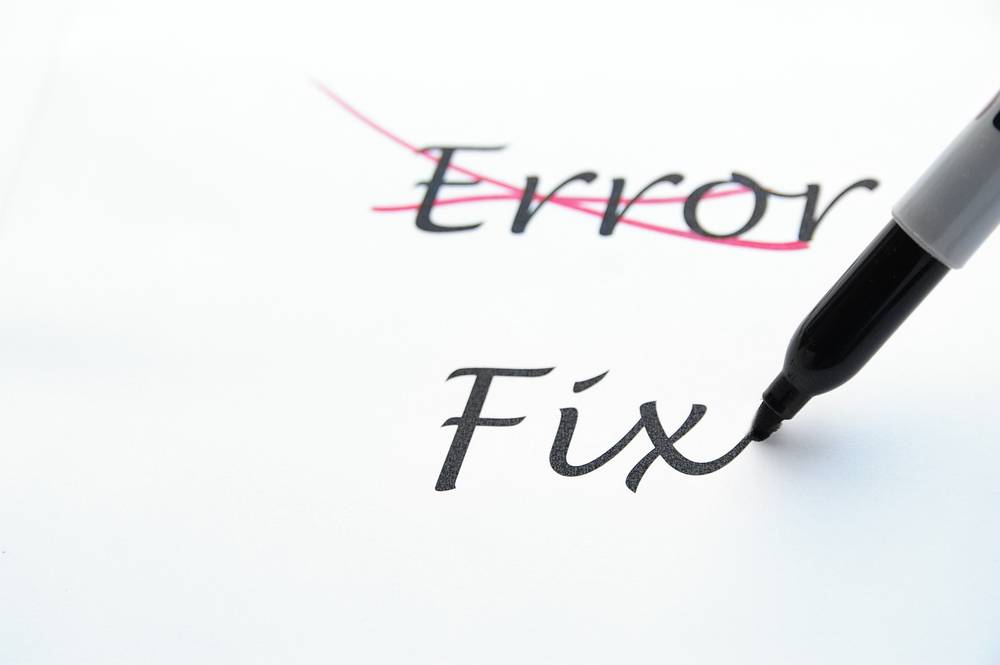 Last updated: December 19th, 2019 5:00 PM
Last updated: December 19th, 2019 5:00 PM
Section 154 - Income Tax Act
Section 154 of the Income Tax Act relates to the rectifications of errors in the official records of income tax or any mistakes in the judgement passed by the Accessing Officer. The rectification can be requested for either by the person against whom the judgement is passed or by the department during the processing of the return.Rectification of Mistake under Section 154
Errors: The Rectification request is allowed by the tax authorities only if the mistake is made apparent from the record. Few mistakes that can be rectified are as follows:- Any incorrect information
- An error of fact
- An arithmetical mistake
- Mismatches in taxes
- Mismatches in tax credits
- Error in specifying gender while filing a return
- Minor clerical errors
- Negligence towards mandatory provisions of law
- Non-submission of the additional information for capital gains
- The Income Tax Department itself would send a rectification notice if it finds any errors in the process of filing of the return.
- The taxpayer must apply online to make the department aware of this mistake.
Filing of Rectification
- The income-tax authority can correct the mistake on its own.
- The taxpayer can file the error/ mistake by filing an application to rectify the error.
- If the Commissioner passes the notice, then the Commissioner can rectify a mistake that has been brought to order by the Assessing Officer or by the taxpayer.
Features of Section 154
As per Section 154, the income tax authorized officer can issue a notice to the taxpayer.- It is the mandatory order that has to be issued to the taxpayer in the case of some incorrect information found while the processing of the Income Tax Return such as an error in gender, mismatch of the refund, mismatch in tax credit or discrepancy regarding advance tax.
- In the case of rectifications that result in enhancing the assessment increase of any tax liability or reduction of refund, then it is important to issue a notice to the taxpayer.
- These notices are issued either through the registered e-mail ID of the taxpayer or at the registered permanent address through postal mode.
- This notice can also be to fetch some additional information that is required by the department.
- If any action that is taken under Section 154 results in the addition of tax payable, or deduction in the exemptions amount, the IT department must notify to the respective taxpayer regarding the same and allow him to describe the discrepancy found.
- Excess refund credited to the account of the taxpayer would be demanded under Section 154.
- If any action that is taken under the Section 154 would result in a decrease in the tax amount that is payable or increases in the number of exemptions, then the Income Tax Department must provide the refunds to the taxpayer.
- If the refund amount is paid by the Income Tax department is more than the actual refund amount that needs to be paid, then the taxpayer must pay the balance amount back to the Income Tax Department.
- If the notice is issued by the appeal, the appeal can only rectify it, and if the order/notice is issued by the Assessing Officer, the assessing officer will be able to rectify it.
- The application that is made by the taxpayer for the rectifications under Section 154 would be disposed within the time frame of 6 months from the end of the month in which such application is received.
- Where rectification is done on suo moto basis, that is on its own, then such rectification is possible up to four years from the end of the financial year in which order to be rectified is passed.
- Any order that is a subject matter of appeal or revision cannot be rectified. Any point or matter of a notice which is under appeal or revision cannot be rectified. The rectification can be done against other matters or points of order.
- If any notice is passed by the Commissioner (Appeals), then he too has the authority to rectify the error, either on its own motion or on an application that is made to him by the taxpayer.
Procedure for Filing Rectification under Section 154
The user needs to follow the procedure given below for the rectification filing as follows: Step 1: The user has to login to their income tax e-filing account. Step 2: Then go to e-file and click on rectification link. A small dialogue box will appear where the user has to enter their PAN, Assessment Year for which he filing the rectification, CPC Communication Number in the notice received by the user and the return to be rectified. Step 3: Now, select the rectification request type that they are applying. It has 3 types that are as follows:- The taxpayer is correcting data for the Tax Credit Mismatch only. It is further classified into TDS, TCS and IT-related details.
- The taxpayer is correcting data for rectification. Several reasons are displayed. The user can select a maximum of 4 reasons.
- No further Data Correction required. Reprocess the case.
Popular Post

In the digital age, the convenience of accessing important documents online has become a necessity...

The Atalji Janasnehi Kendra Project that has been launched by the Government of Karnataka...

The Indian Divorce Act governs divorce among the Christian couples in India. Divorce...

When an individual has more than a single PAN card, it may lead to that person being heavily penalised, or worse,...

Employees Provident Fund (PF) is social security and savings scheme for employee in India. Employers engaged...


